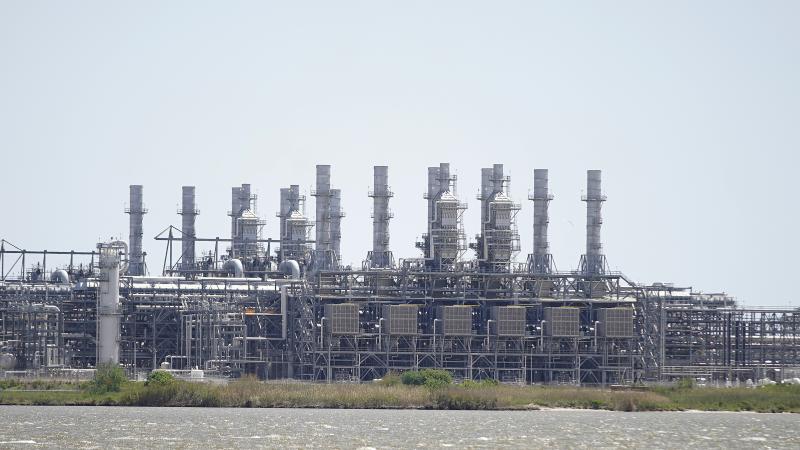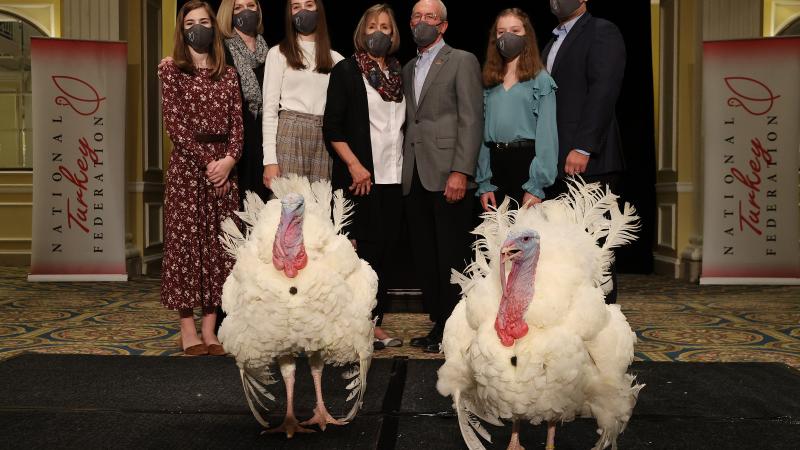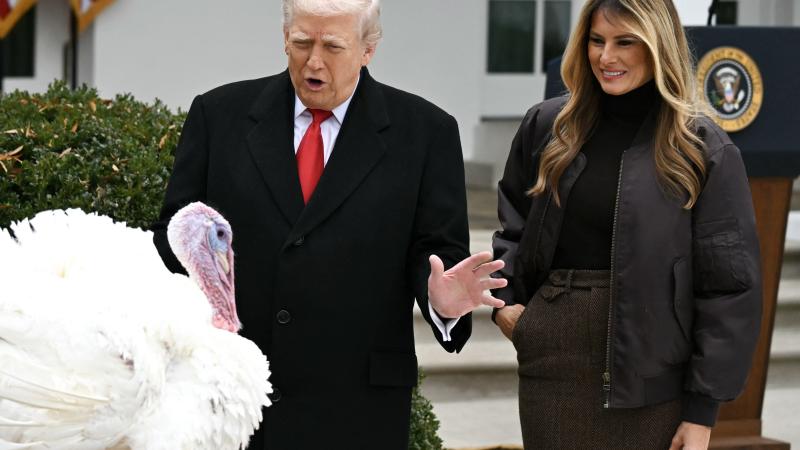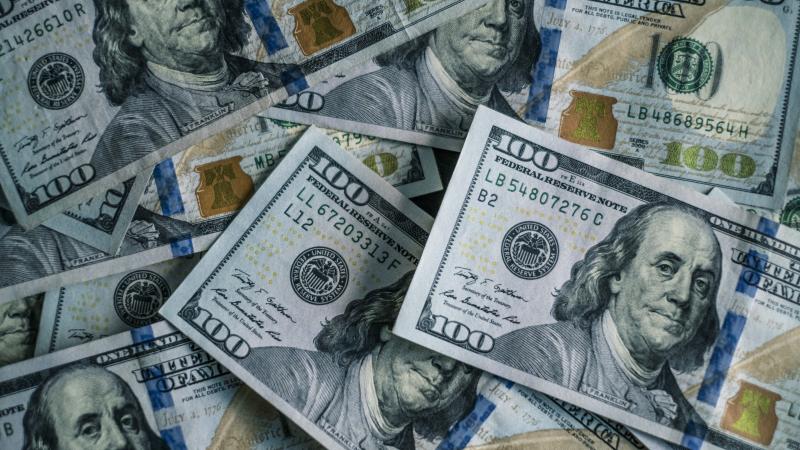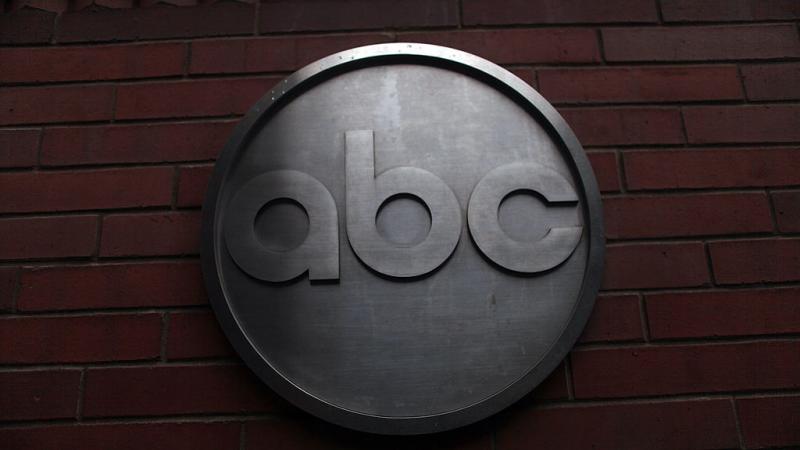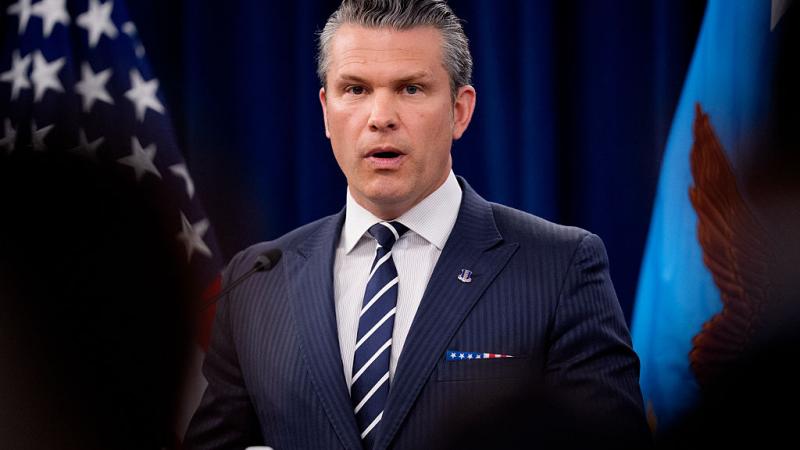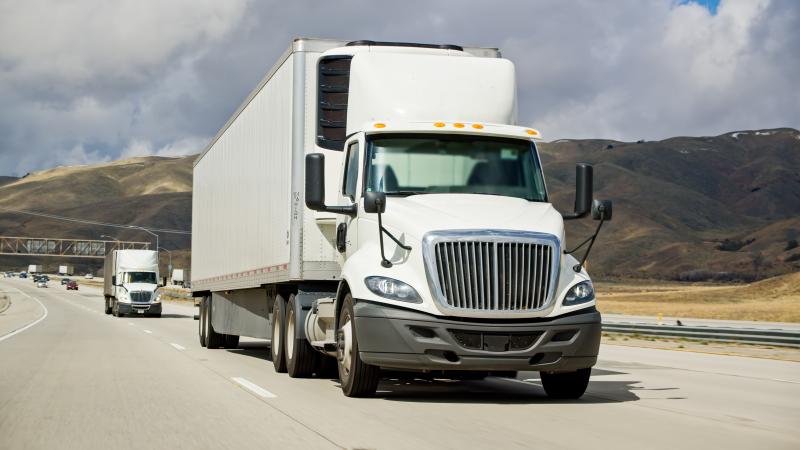Trump may zap 'Energy Star' efficiency program that some say ruins appliances and isn't needed
The Energy Star decal is a widely recognized label on appliances, but consumers have found appliance performance has degraded as the manufacturers try to reduce the energy and water use of their products to keep up with the EPA.
The Environmental Protection Agency reportedly plans to eliminate the Energy Star program. The move would be in line with the Department of Energy’s announcement in March that it would postpone implementation of some of the Biden administration’s appliance efficiency standards in line with President Donald Trump’s “Unleashing Prosperity Through Deregulation” agenda.
Citing unnamed sources, The New York Times reported that the announcement was made during a staff meeting on Monday. The Times report also cites a recording of the meeting it obtained.
When Just the News asked the EPA if the program was being eliminated, a spokesperson didn’t confirm or deny it was getting the ax but instead said the EPA is undergoing an extensive reorganization. The reorganization would impact the Office of the Administrator, Office of Air and Radiation, Office of Chemical Safety and Pollution Prevention, and Office of Water.
Widely recognized label
The Energy Star program is housed within the Office of Air Quality Planning Standards, which itself is under the Office of Air and Radiation. The chart shows a number of proposed changes to the structure of the office.
The EPA spokesperson told Just the News that with this action, the EPA is delivering organizational improvements to the personnel structure that will directly benefit the American people and better advance the agency’s core mission.
The Energy Star program was launched under George H.W. Bush in 1992. Manufacturers and retailers producing and selling appliances that meet the program’s standards are allowed to display the Energy Star label. The program also certified the energy efficiency of commercial buildings and homes. According to an Energy Star analysis, 90% of households recognize the distinctive label, and 45% of U.S. households in 2022 had knowingly purchased at least one Energy Star-labeled product in the previous year before the survey.
The program claims to have saved consumers $500 billion, and it received an average of approximately $40 million in funding every year between 2015 and 2024, the bulk of which went to the EPA. While that appears to be a good deal for taxpayers, critics argue that the program provides information the manufacturers could just as easily provide if they so choose, and it’s not necessary for taxpayers to fund a government program for it. Some critics say its estimates of energy savings may be inaccurate and over-simplified.
The 'fatal flaw' of efficiency standards
Upon taking office in January 2021, former President Joe Biden famously signed an executive order aimed at tackling the “climate crisis.” Among the many provisions in the order was a directive for federal agencies to review conservation standards for home appliances that were put in place during the first Trump administration. Throughout his administration, federal agencies finalized efficiency standards on a host of appliances, including air conditioners, dishwashers, gas stoves, and refrigerators.
Upon finalizing the rules, the Biden administration promised savings to consumers. In announcing rules on air conditioners, heat pumps and dishwashers in April 2024, for example, Biden’s DOE claimed it would save American households and businesses nearly $1.9 billion per year on utility bills.
“Every time the Biden DOE rolled out a new so-called energy efficiency standard, they said this will get better products to market, but consumers are perfectly able to determine what a better product is and what is the best product for their particular circumstances,” Ken Davis, former deputy attorney general for the Commonwealth of Virginia, told Just the News.
Many consumers have complained that, while the energy-efficient appliances might be easier on electricity bills, they don’t work as well. According to research by the Competitive Enterprise Institute, a libertarian think tank, the average cycle time for a dishwasher increased approximately 70 minutes between 1983 and 2023.
In February, climatologist Dr. Roy Spencer posted on his personal Facebook page about having to replace his new Whirlpool dishwasher because it took so long to clean the dishes. “The new one (Whirlpool) takes 3 hr 20 min on a normal cycle, no heated drying. I'm told this saves energy and water. Maybe because people give up and do the dishes by hand,” Spencer wrote.
‘Coarse piece of energy information’
The energy-efficient appliances also cost much more than the older versions, which may not be the best fit for every consumer. Estimates vary as to how long it is before the reductions in electricity save more money than the purchase price of the appliances, but it can take as long as 9 years. In the case of lower-income households, the higher purchase price may mean they just have to go without an appliance.
The Cato Institute, a free-market think tank, argued in 2019 that these estimations may not be reliable. The mandatory EnergyGuide label, which provides information about the total energy use of a product — as opposed to the Energy Star label, which certifies high-efficiency products — relies on national averages that may not reflect local conditions. So, consumers may overestimate the energy efficiency of a product.
The voluntary Energy Star label, according to Cato, only provides “a binary signal about the most energy-efficient products in the marketplace, is a very coarse piece of energy information that may crowd out efforts to compute more-accurate energy operating costs.” As with all federal programs, Cato argues, these broad-based perspectives try to simplify complex issues, which could be misleading.
Agency paternalism replaced by caveat-emptor?
Ken Davis also said that the value of an appliance to a consumer includes a wide range of factors, and the amount of energy it uses is only one of those. Energy savings might not be very valuable if it costs users extra time and convenience. “We're perfectly capable of determining what the best use of our time and resources are, but the fatal flaw, the corrupt flaw in the concept of energy efficiency, was it just measured the consumption of the energy needed to run the piece of equipment,” Davis said.
A white paper published in March by the Competitive Enterprise Institute (CEI) explains that the Energy Star program is part of a program the EPA calls the Sustainable Marketplace, wherein the agency packages together a range of programs for its green purchasing work.
“These green purchasing programs assume the federal government needs to meddle in the marketplace by providing its seal of approval on what it deems to be environmentally satisfactory products. If consumers demand certain information, then businesses will respond by disseminating this information to them. If there is a need to create a labeling program to ensure credibility and consumer confidence, then private certification organizations should play such a role,” the report states.
CEI recommends Congress instead eliminate the EPA’s green purchasing programs and related work, and the EPA appears ready to zap the Energy Star program. This is not the first time the Trump administration has proposed eliminating it. In 2017, the first Trump administration contemplated cutting funding for the program.
If the agency does go through with the plan this time around, consumers looking for energy information may have to look at manufacturers’ labels on the products or look it up online.
The Facts Inside Our Reporter's Notebook
Documents
Links
- reportedly plans to eliminate the Energy Star program
- postpone implementation
- Unleashing Prosperity Through Deregulation
- New York Times reported
- housed within the Office of Air Quality Planning Standards
- Energy Star program was launched
- Energy Star label
- According to an Energy Star analysis
- saved consumers $500 billion
- $40 million in funding every year between 2015 and 2024
- signed an executive order
- air conditioners, dishwashers
- gas stoves
- refrigerators
- Ken Davis
- increased approximately 70 minutes between 1983 and 2023
- having to replace his new Whirlpool dishwasher
- but it can be as much as 9 years
- argued in 2019
- opposed to the Energy Star label
- white paper published in March
- Sustainable Marketplace
- contemplated cutting funding for the program
